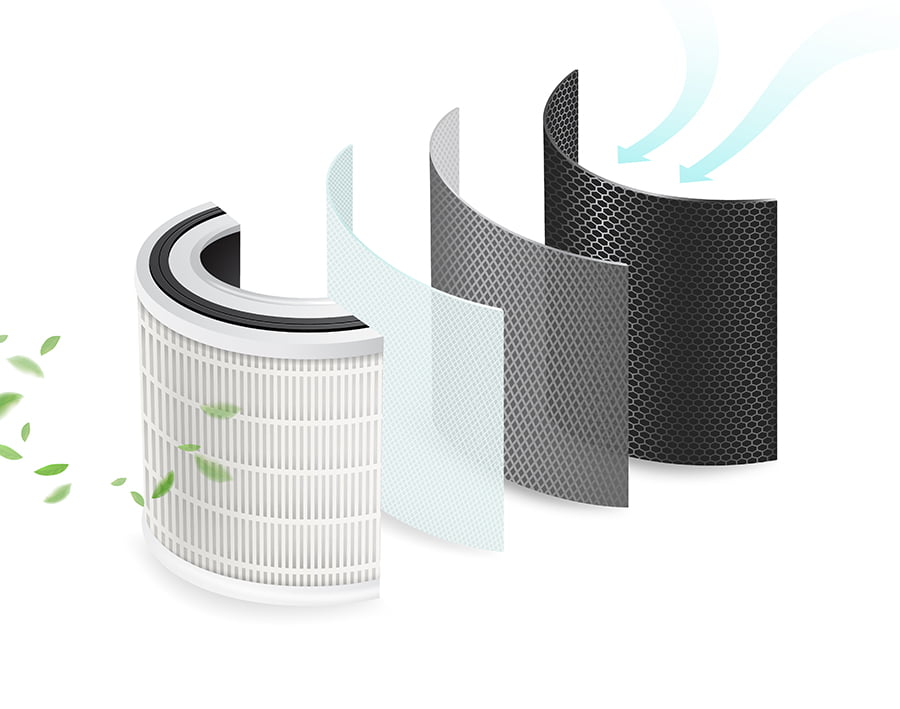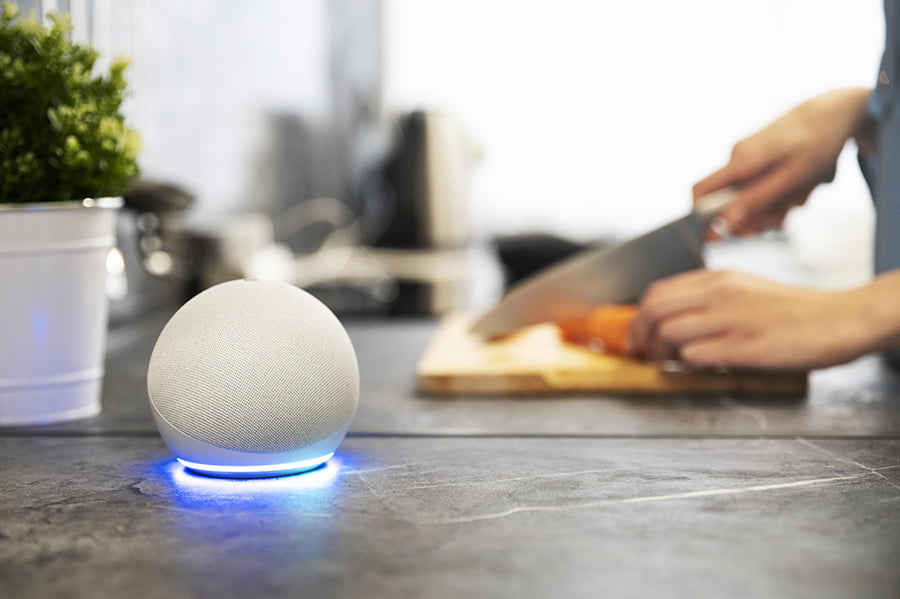The best air filters for improving home air quality are HEPA, activated carbon, and electrostatic precipitators.
Are you concerned about the air quality in your home? If so, investing in an air filter is one of the best ways to improve it. Air filters can help remove allergens, dust, pet dander, and other pollutants from the air.
But with so many different filters available today, how do you know which is best for your home? In this blog post, we’ll discuss some of the different types of air filters and their benefits so that you can make an informed decision when buying.
HEPA Filters

HEPA stands for High-Efficiency Particulate Air, and these filters are designed to capture particles as small as 0.3 microns in size. This includes dust, pollen, pet dander, smoke particles, and other airborne allergens that can cause health problems if left unchecked.
HEPA filters are usually made from a combination of paper and synthetic fibers that trap the tiny particles in their mesh-like structure. They also have an electrostatic charge which helps them attract even more particles than they would otherwise be able to capture on their own.
The result is cleaner air with fewer allergens and pollutants, making breathing safer to breathe indoors.
Activated Carbon Filters

These filters trap airborne particles in their porous surface, such as dust, pollen, and smoke. The activated carbon material is treated with oxygen, creating millions of tiny pores between the carbon atoms.
This increases the surface area of the filter and allows it to capture more pollutants from the air passing through it. Activated carbon filters also have an adsorption process that helps remove odors and gases from the air and particulate matter.
They are often combined with other filtration systems for maximum effectiveness in improving indoor air quality.
Electrostatic Air Purifiers

These filters pass air through a series of charged plates or grids, which attract and trap particles like dust, pollen, smoke, and pet dander. The trapped particles are then collected in a removable collection tray for easy disposal.
Electrostatic air purifiers can improve home air quality by removing these pollutants from the indoor environment. They are especially effective at capturing smaller particles that other filters may be unable to remove as effectively.
Electrostatic filters require less maintenance than other filters since they do not need to be replaced as often.
Ultraviolet Light Air Purifiers

UV light is a form of electromagnetic radiation with a wavelength shorter than visible light but longer than X-rays. UV light can help reduce airborne pollutants such as bacteria, viruses, mold spores, and other allergens when used in an air purifier.
It works by breaking down the molecular structure of these particles so they can no longer cause harm or contaminate the air we breathe. This filter is especially effective at removing odors and smoke from the home environment.
It helps reduce levels of volatile organic compounds (VOCs), chemicals found in many household products that can be hazardous to our health when inhaled over long periods.
Ionizers

They release negatively charged ions into the air, which attach themselves to airborne particles such as dust, pollen, and smoke. These particles become heavier and fall out of the air, resulting in cleaner indoor air.
Ionizers also help reduce odors and bacteria in the home by breaking down their molecular structure. Ionizers can help reduce static electricity in the home due to their negative charge.
Ionizers are relatively easy to use and maintain; they require minimal cleaning or replacement parts compared to other types of filters.
However, it is essential to note that ionizers do not remove all pollutants from the air; they only target specific types of particles, such as dust and pollen.
Therefore, if you have allergies or asthma, it is best to use an additional type of filter for more comprehensive protection against allergens and other pollutants.